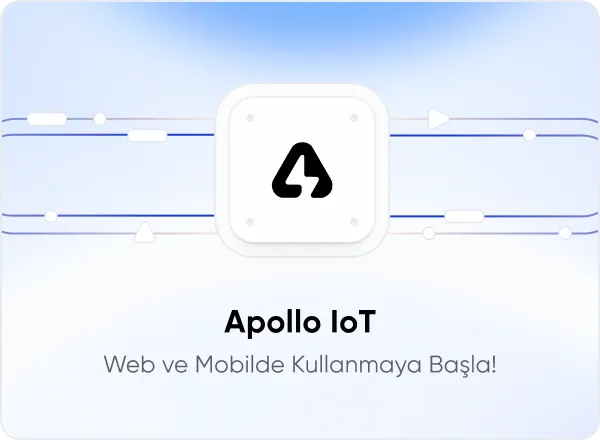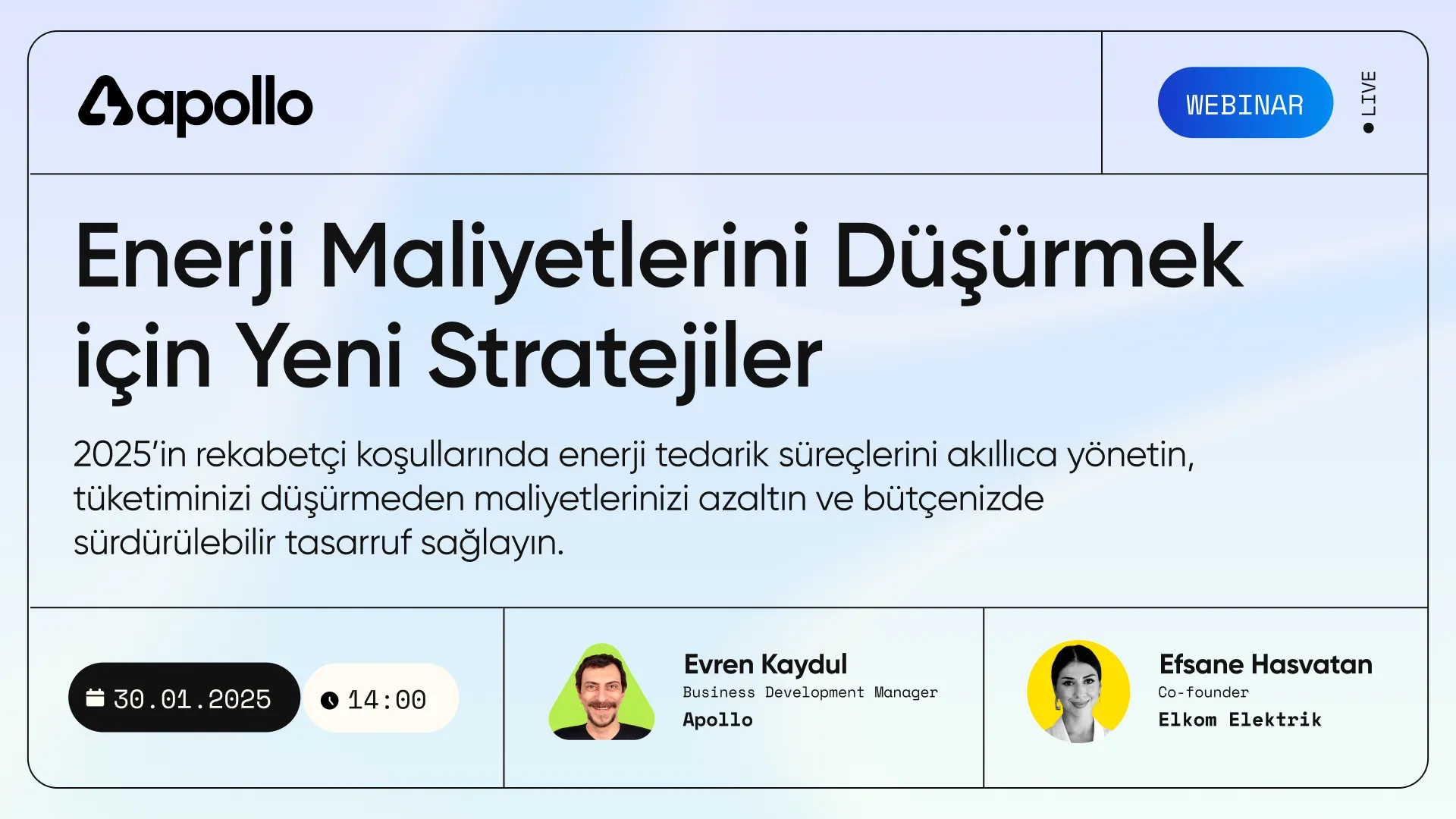Internet of Things (IoT) As IoT continues to revolutionize industries and reshape our world, effective project management methodologies play a crucial role in ensuring successful IoT deployments. The complexity of IoT projects involving interconnected devices, data integration and diverse stakeholders requires a structured approach to maximize efficiency and minimize risks. Failure to ensure proper project management, IoT projects failed is one of the main reasons why. This is why we help organizations overcome challenges and ensure smooth IoT applications There are various project management methodologies that can help enable project management. So what are these methods and methodologies?
Traditional Project Management and Agile Methodologies
Traditional project management and Agile methodologies are two different approaches to managing projects, each with their own principles and practices. So let's take a closer look at each of these approaches.
Traditional Project Management:
Traditional, often referred to as the waterfall model project managementfollows a sequential and linear process. It is characterized by the following features:
- Sequential Approach:
Projects are divided into sequential phases such as initiation, planning, execution, monitoring and closure. Each phase is typically completed before moving on to the next.
- Emphasis on Planning:
Comprehensive planning is done at the beginning of the project where tasks, dependencies, timelines and resources are defined in detail. The project follows the predetermined plan throughout its life cycle.
- Fixed Scope and Timeline:
Project scope, objectives and timelines are set early and are often resistant to change once the project is underway.
- Documentation:
Traditional project management relies heavily on documentation such as project contracts, requirements documents and comprehensive project plans.
- Limited Stakeholder Engagement:
Stakeholder engagement is usually limited to the initial planning and final delivery phases and less frequent during the execution phase.
- Risk Management:
Risk analysis and mitigation is carried out during the planning phase to identify potential problems and develop contingency plans.
Traditional project management works well in environments where requirements are well defined, stable and predictable. It is widely used, especially in the construction, engineering and manufacturing industries.
Agile Methodologies:
Agile methodologies are iterative and incremental approaches that prioritize adaptability, collaboration and responsiveness to change. These approaches include various frameworks such as Scrum, Kanban and Extreme Programming (XP). So let's look at the key characteristics of agile methodologies.
- Iterative Development:
Projects are divided into short iterations or sprints, typically ranging from one to four weeks. Each iteration involves cross-functional teams working on small, manageable tasks.
- Flexibility and Adaptability:
Agile projects embrace change by allowing adjustments in requirements, priorities and features throughout the project lifecycle. Feedback from stakeholders is actively sought and thus incorporated into subsequent iterations.
- Continuous Delivery:
Working, potentially shipable product increments are delivered at the end of each iteration. This allows stakeholders to provide feedback and make adjustments early in the development process.
- Cooperation and Empowerment:
Agile methodologies emphasize close collaboration between team members and involving stakeholders throughout the project. Team members are empowered to make decisions and self-organize.
- Continuous Improvement:
Agile methodologies enable the team to see what works well. This encourages learning and continuous improvement with retrospectives at the end of each iteration reflecting on areas for improvement.
- Adaptive Planning:
Agile projects have a high-level plan that provides guidance, but detailed planning is done iteratively as new information emerges and priorities change.
Agile methodologies are well suited for dynamic and complex projects where requirements are likely to evolve and stakeholder feedback is crucial. For example, they are widely used in software development, digital product development and the creative industries.
It is important to note that there are also hybrid approaches that combine elements of both traditional project management and Agile methodologies to suit specific project needs.
Waterfall Methodology in Internet of Things Deployments
The waterfall methodology can be applied to Internet of Things (IoT) deployments as a traditional project management approach. However, it is worth noting that the waterfall model may have certain limitations when it comes to IoT projects due to its complex and rapidly evolving nature. Here's how the waterfall methodology can be applied to IoT deployments:
- Requirements Gathering:
The first phase involves gathering and documenting the requirements of the IoT project. This includes defining the objectives, functionalities and scope of the IoT solution.
- System Design:
Once the requirements are gathered, a detailed system design is created. This includes designing the architecture, selecting hardware and software components and planning the integration of IoT devices and sensors.
- Application:
Following design, the implementation phase involves developing and coding the IoT solution according to the design specifications. This includes developing the software, configuring the hardware and integrating the various components.
- Test:
Once the implementation is complete, extensive testing is carried out to verify that the IoT solution works as intended. This includes functional testing, performance testing and compatibility testing with various devices and platforms.
- Distribution:
After successful testing, the IoT solution is deployed in the target environment. This may include setting up the necessary infrastructure, installing IoT devices and sensors, and ensuring proper connectivity.
- Operation and Maintenance:
Once the IoT solution is commissioned, it enters the operational phase. Continuous monitoring, maintenance and support activities are carried out to ensure the stability, reliability and security of the system.
The waterfall methodology provides a structured approach to managing IoT deployments. However, it may have limitations in the context of IoT projects.
Agile Methodologies for IoT Projects
Agile methodologies can be highly beneficial for IoT projects due to their iterative, adaptive and collaborative nature. Here are some Agile methodologies that can be applied to IoT projects:
- Scrum:
Scrum is a popular Agile framework that focuses on delivering value through small, cross-functional teams working in short iterations called sprints. In IoT projects, Scrum can be applied by defining specific goals for each sprint, building a backlog of IoT features and functionality, and regularly reviewing and adapting the product based on user feedback and changing requirements.
- Kanban:
Kanban is another Agile methodology that visualizes workflow and emphasizes continuous delivery. In IoT projects, Kanban can be applied by creating a Kanban board to visualize and track the progress of tasks such as device integration, software development and testing. The board helps identify bottlenecks, manage work in progress and ensure a smooth flow of activities.
- Lean Startup:
The Lean Startup methodology combines Agile principles with a focus on validating hypotheses and delivering a Minimum Viable Product (MVP) to collect feedback from users. In IoT projects, Lean Startup collects user feedback by rapidly prototyping and testing IoT solutions. This feedback can then be used to iterate and improve the product.
- Extreme Programming (XP):
Extreme Programming is an Agile methodology that emphasizes frequent communication, continuous integration and test-driven development. In IoT projects, by adopting pair programming for IoT software development, regular code reviews can be performed. In addition, XP practices can be used by implementing automated testing for IoT devices and systems.
- Agile Project Management:
Agile project management approaches such as AgilePM or Disciplined Agile Delivery (DAD) provide comprehensive frameworks for managing Agile projects.
In summary, these methodologies offer guidance on project planning, team collaboration, stakeholder engagement and continuous improvement that can be applied to IoT projects to ensure effective project execution.
Hybrid Approaches for Complex IoT Applications
Complex IoT implementations require a combination of traditional project management and Agile methodologies to solve unique challenges. Here are some hybrid approaches that can be effective for managing IoT projects, no matter how complex:
- Iterative Waterfall
This approach combines the sequential nature of the waterfall methodology with iterative elements from Agile methodologies. It involves breaking the project into phases, similar to the waterfall model. However, it allows for feedback and adjustments between phases. Each phase follows a waterfall-like process. It includes iterative loops at each stage to refine requirements, gather feedback, make necessary adjustments before moving on to the next stage.
- Agile with Stage Doors:
This hybrid approach incorporates stage gates for decision making and project milestones. It also includes Agile practices. The project is divided into phases. Accordingly, at the end of each phase it is necessary to assess progress and risks. Based on this assessment, decisions are made to continue/not to continue to the next phase. Each phase adopts Agile practices such as Scrum or Kanban. It provides a structured review process at the stage gates. And as a result, it allows for iterative development and flexibility in each phase.
- Feature Driven Development (FDD):
FDD is an iterative and incremental Agile approach focused on feature delivery. In the context of complex IoT applications, FDD can be adopted to manage and prioritize features based on their criticality and complexity. The project team identifies and prioritizes features. It makes short iterations to deliver these features and adapts based on feedback. FDD offers a structured approach to managing feature development while allowing flexibility and incremental delivery.
- Spiral Model:
The spiral model combines iterative development with risk management. It involves multiple development cycles, each focused on addressing identified risks and incorporating feedback. In complex IoT projects, the spiral model identifies and addresses high-risk areas early on. It also prototypes and tests IoT components. It can be used to gradually expand scope and functionality based on iterative feedback loops.
- Hybrid Agile:
This approach combines elements of multiple Agile methodologies such as Scrum, Kanban and Lean Startup, tailored to the specific needs and complexities of the IoT project. The project team selects and adapts Agile practices and frameworks based on the project's requirements, team dynamics and stakeholder engagement. It ensures a cohesive and collaborative development process. It also provides flexibility in choosing the most appropriate Agile practices for different aspects of the project.
When adopting hybrid approaches for complex IoT applications, it is important to consider the unique characteristics of the project, the capabilities of the team and the requirements of stakeholders. Only by combining the strengths of different methodologies can teams effectively manage complexity, eliminate ambiguity and deliver successful IoT solutions. To better understand how hybrid approaches can make a difference in IoT projects, visit "How Domino's Pizza Achieved Its Digitalization Goals by Managing Its Energy with Apollo" for more information on the business experience.
The Role of IoT Specific Considerations in Project Management
IoT deployments bring challenges such as interoperability, security, scalability and data management. Therefore, it is crucial to consider these IoT-specific factors in project management methodologies. Let's summarize the factors to consider at this point below:
- Integration of security measures,
- Addressing interoperability issues,
- Managing exponential data growth
- Ensuring scalability throughout the project lifecycle
Successfully implementing IoT projects requires a structured and adaptable approach. Organizations must therefore select and adapt the right project management methodologies. In this way, they can navigate the complexities of IoT deployments, enable stakeholder collaboration and achieve tangible results. Project managers leveraging waterfall, agile or hybrid approaches ensure seamless integration. At the same time, they must consider the unique challenges and opportunities IoT presents to ensure efficient resource allocation and successful project delivery.
Conclusion
The IoT world presents unique project management challenges that require the application of appropriate methodologies. Using the right approach, organizations can effectively plan, execute and monitor IoT deployments. Likewise, they can ensure optimal utilization of resources and reduce risks. Increase your process efficiency with point-based monitoring. In summary, it can achieve the desired results in the rapidly evolving IoT environment.
Manage Your Energy Easily with Apollo!
Turkey's first and only artificial intelligence poweredi digital energy platform Apollo IoT you can manage your energy more accurately and efficiently with IoT technology. With Apollo, you can control, optimize and predict electricity bills and manage your energy consumption. 360 degrees you can keep track of it!
Avoiding reactive punishmentTo manage your bills and energy correctly, to make the most efficient use of energy monitoring systems and to choose the most efficient electricity tariff, you can now 10 days free Apollo demo Demand it!
Similar Content:
- IoT: The Technology Making the World Smarter
- How to Save on Electricity Bills with IoT?
- What is IoT (Internet of Things) and What are the Advantages?
- Why IoT Projects Fail
- How to Ensure Resource Efficiency with Process Analysis?
- How Domino's Pizza Achieved Its Digitalization Goals by Managing Its Energy with Apollo











